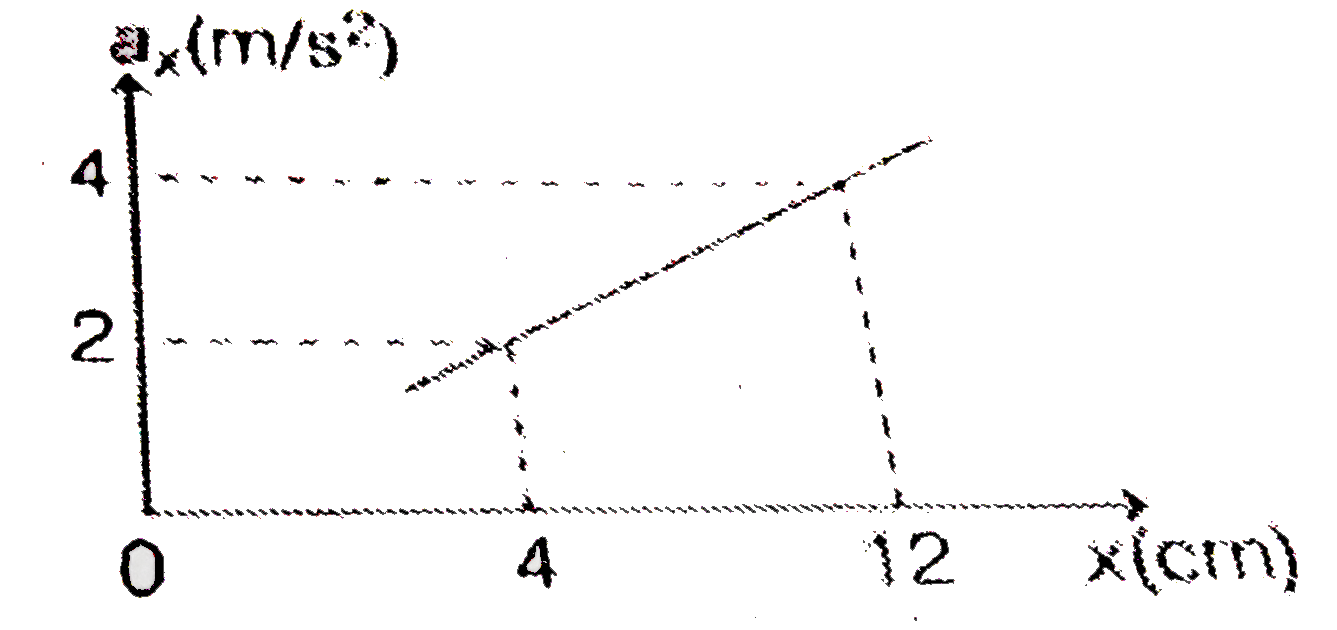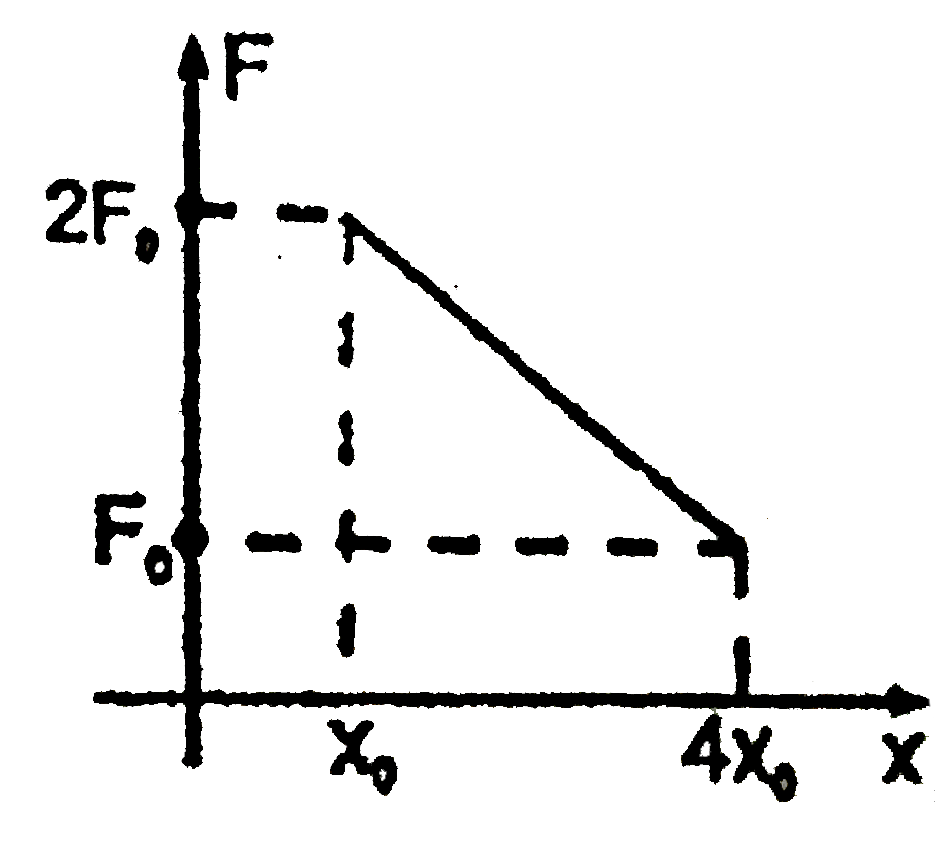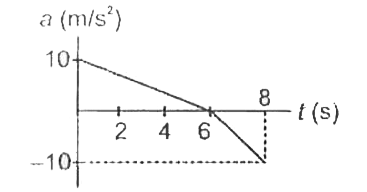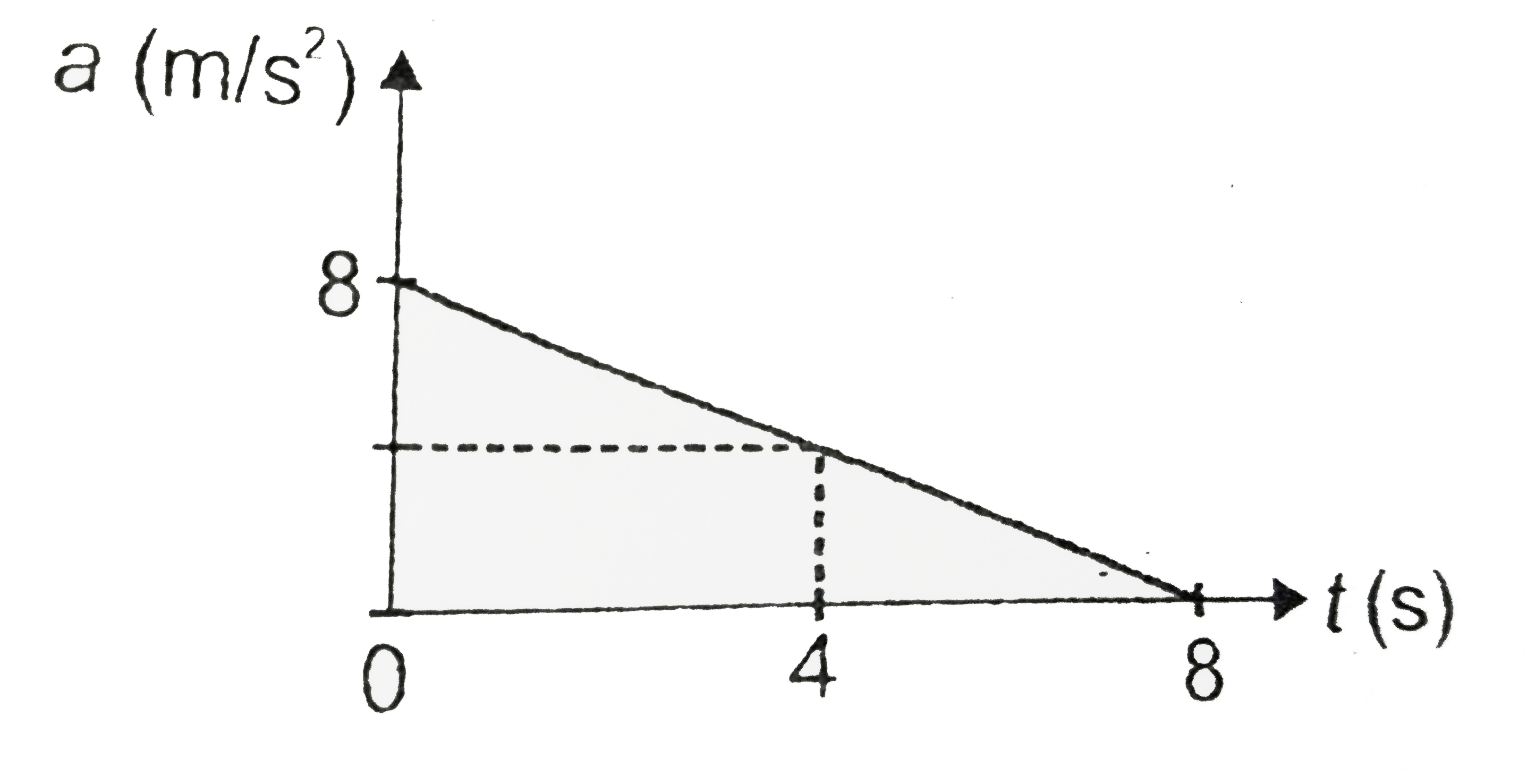A particle moves along the positive x-axis with an accelerationax which increases linearly with x, as shown in the graph. If the velocity of the particle at x=4cm is 0.40m/s determine the velocity at x=12cm

0.2m/s
0.4m/s
0.8m/s
1.6m/s
The correct Answer is:C
Step by step video, text & image solution for A particle moves along the positive x-axis with an accelerationa_(x) which increases linearly with x, as shown in the graph. If the velocity of the particle at x=4cm is 0.40m//s determine the velocity at x=12cm by Physics experts to help you in doubts & scoring excellent marks in Class 11 exams.
Topper's Solved these Questions
- BOOK - DC PANDEYCHAPTER - KINEMATICS 1EXERCISE - MCQ_TYPE27videos
KINEMATICS 1
- BOOK - DC PANDEYCHAPTER - KINEMATICS 1EXERCISE - COMPREHENSION_TYPE19videos
KINEMATICS 1
- BOOK - DC PANDEYCHAPTER - KINEMATICSEXERCISE - INTEGER_TYPE11videos
KINEMATICS
- BOOK - DC PANDEYCHAPTER - LAWS OF MOTIONEXERCISE - Medical entrances gallery39videos
LAWS OF MOTION
Similar Questions
A particle starts from rest at the origin and moves along the positive x direction. Its acceleration a versus position x graph is shown in the figure. The velocity of the particle at x = 6 m is?
View SolutionA particle moves along "x" -axis with an acceleration a=12x2ms−2 .The particle has zero velocity at "x=(-2)m" .Find the velocity of the particle (in m/sec)as it passes through origin.
View Solution
Knowledge Check
- Question 1 - Select One
The acceleration of a particle which moves along the positive x-axis varies with its position as shown in figure. If the velocity of the particle is 0.8ms−1 at x = 0, then velocity of the particle at x=1.4m is (∈ms−1).
 A1.6B1.2C1.4DNone of these
A1.6B1.2C1.4DNone of these - Question 2 - Select One
A particle of mass m moving along a straight line experiences force F which varies with the distance x travelled as shown in the figure. If the velocity of the particle at x0√2F0x0m, then velocity at 4x0 is
 A2√2F0x0mB2√F0x0mC√F0x0mDnone of these
A2√2F0x0mB2√F0x0mC√F0x0mDnone of these - Question 3 - Select One
The acceleration - time graph for a particle moving along x - axis is shown in figure, If the initial velocity of particle is −5m/s, the velocity at t = 8 s is
 A+15m/sB+20m/sC−15m/sD−20m/s
A+15m/sB+20m/sC−15m/sD−20m/s
A particle starts from the origin at time t = 0 and moves along the positive x-axis. The graph of velocity with respect to time is shown in figure. What is the position of the particle at time t = 5s ?
 View Solution
View SolutionA particle confined to motion along an x axis moves with constant acceleration from x=2.0m to x=8.0 m during a 2.5 s time interval. The velocity of the particle at x=8.0m is 2.8 m/s. What is the constant acceleration during this time interval ?
View SolutionA particle moves along the x' axis of frame S' with velocity 0.50c. Frame S' moves with velocity 0.80c with respect to frame S. What is the velocity of the particle with respect to frame S?
View SolutionThe acceleration-time graph of a particle moving along x-axis is shown in the figure. If the particle starts with velocity 3 m/s at t = 0, find the velocity of particle at t = 4 s.
 View Solution
View SolutionA particle is moving along the x-axis with an acceleration a = 2x where a is in ms–2andx is in metre. If the particle starts from rest at x=1 m, find its velocity when it reaches the position x = 3.
View Solution

